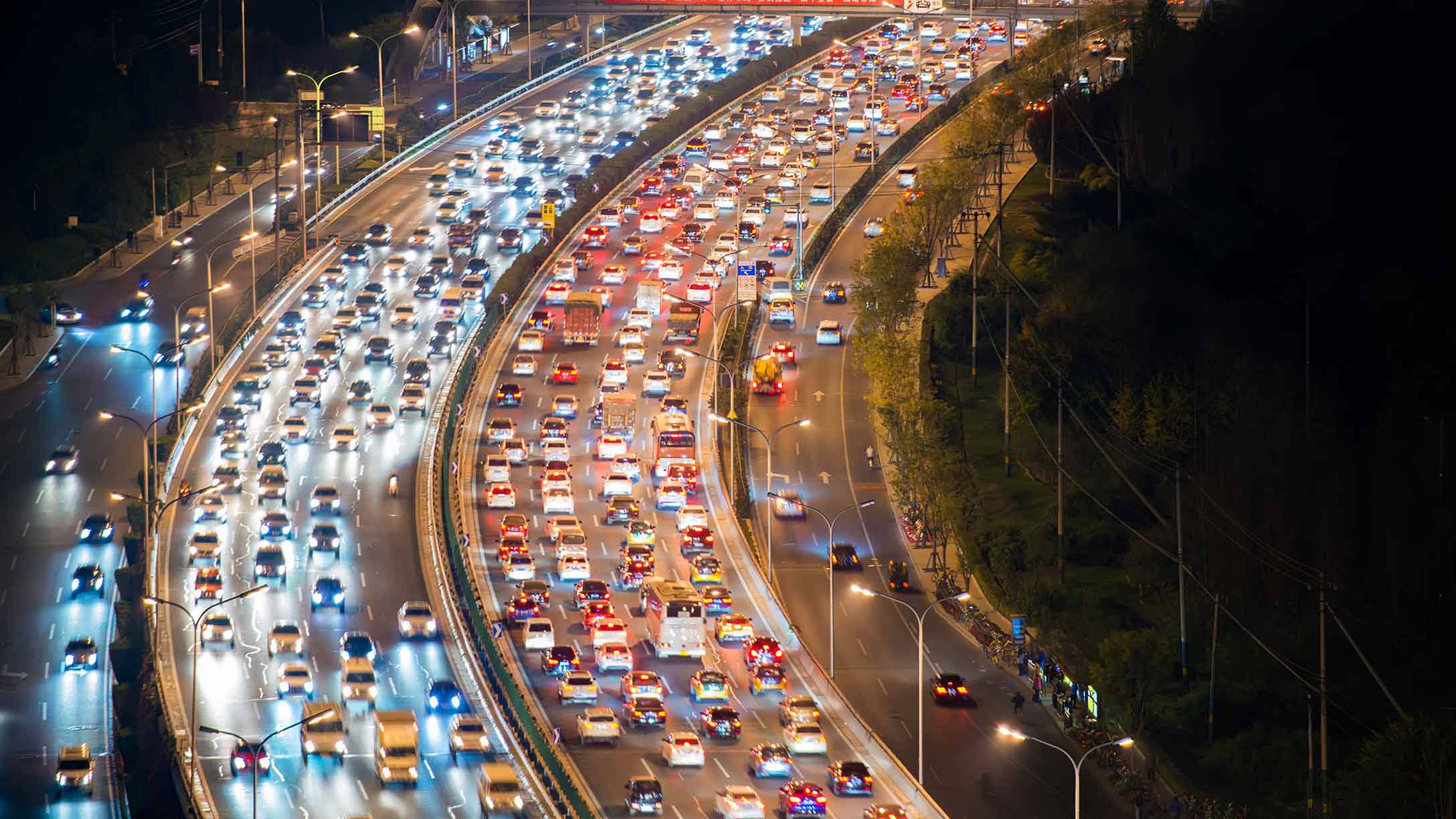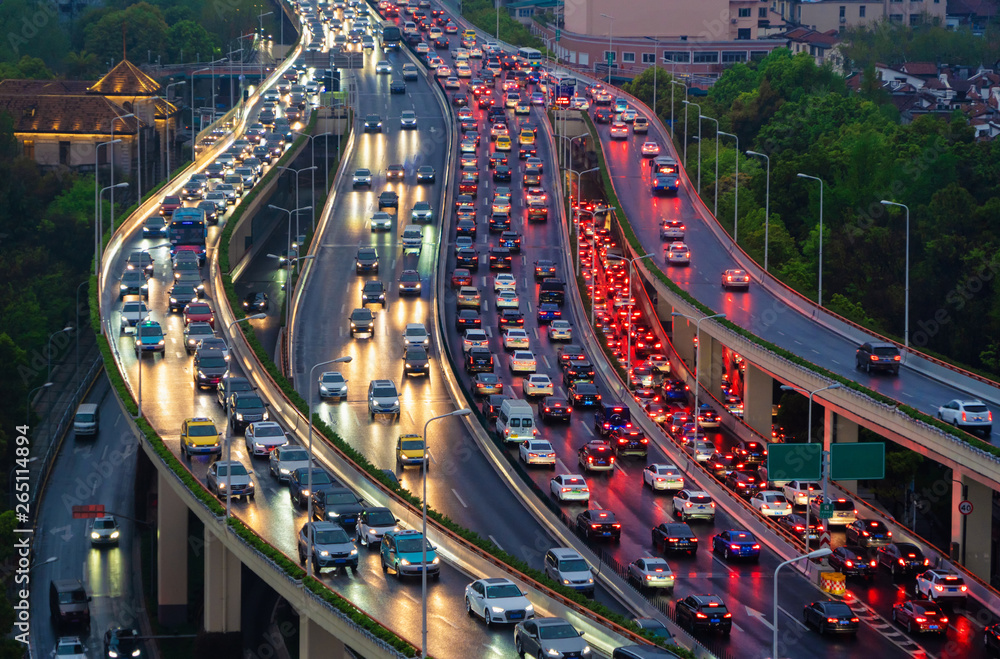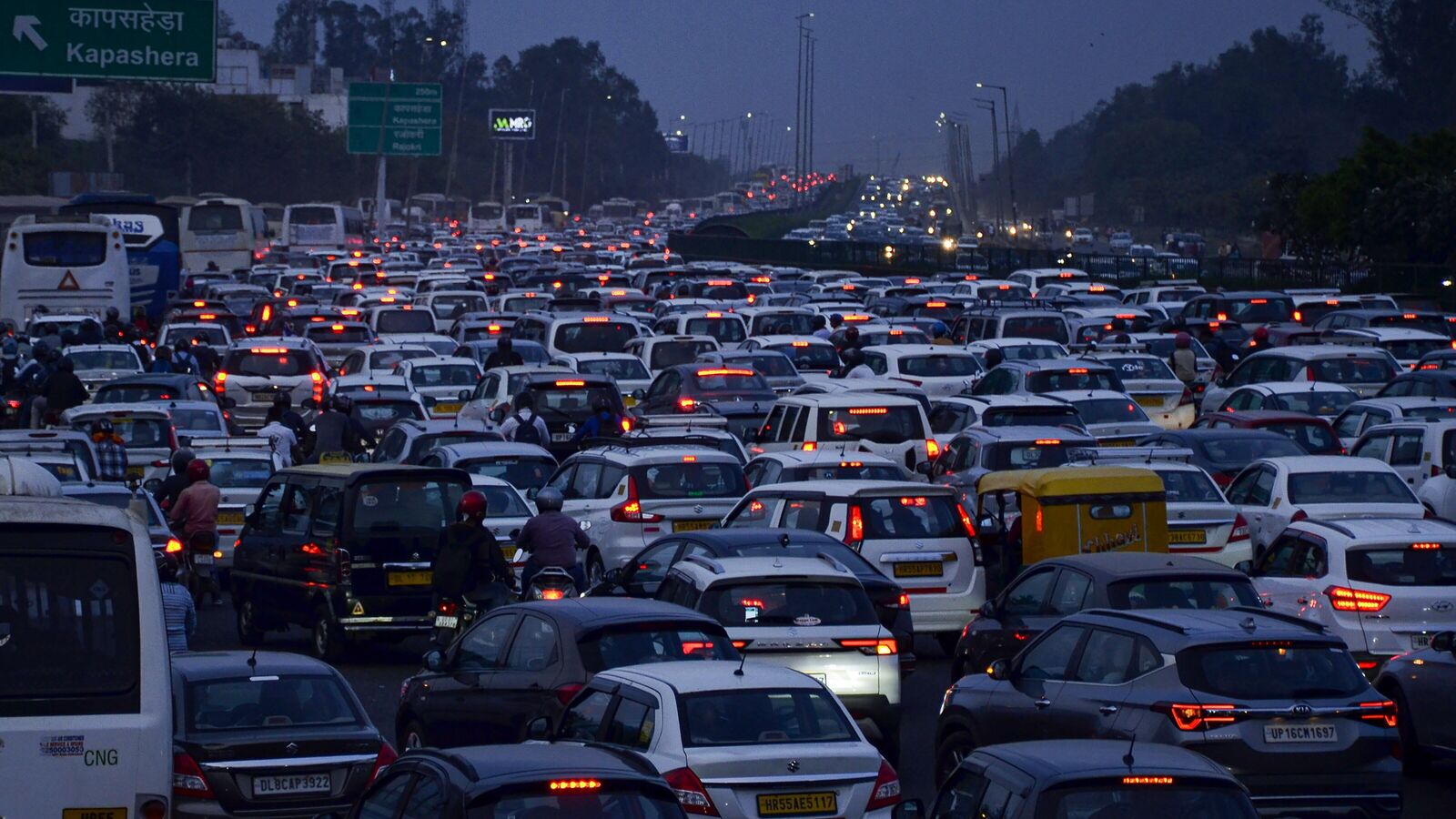Navigating The Traffic Capital Beltway: Your Ultimate Guide
For anyone living in or commuting through major metropolitan areas, the phrase "traffic capital beltway" often conjures images of endless tailbacks, frustrating delays, and the constant battle against the clock. These critical arteries, encircling our urban centers, are the lifeblood of commerce and daily life, yet they are also the epicenters of congestion. Understanding how to navigate these complex road networks isn't just about getting from point A to point B; it's about reclaiming your time, reducing stress, and ensuring safety on the road.
This comprehensive guide delves into the intricate world of the traffic capital beltway, exploring its significance, the challenges it presents, and the cutting-edge solutions available to help you master your commute. From real-time data insights to future innovations, we'll equip you with the knowledge to transform your driving experience, making it smoother, safer, and more predictable.
Table of Contents
- The Arteries of Urban Life: Understanding the Traffic Capital Beltway
- The Challenges of Congestion on the Traffic Capital Beltway
- Leveraging Real-Time Data for Smarter Commutes
- Key Players in Traffic Information Dissemination
- Planning Your Journey with Advanced Mapping Tools
- Case Studies in Traffic Management: Nevada and Kentucky
- The Future of the Traffic Capital Beltway
- Practical Tips for Navigating the Beltway Effectively
The Arteries of Urban Life: Understanding the Traffic Capital Beltway
A "traffic capital beltway" isn't just a ring road; it's a critical piece of infrastructure that defines the mobility and economic vitality of a region. These multi-lane highways, often encircling major cities, serve as primary routes for commuters, freight transport, and inter-city travel. They are designed to divert through-traffic away from congested city centers while simultaneously providing crucial access points to various urban and suburban districts. The very existence of a robust beltway signifies a city's growth and its need for efficient transportation networks.
The concept of a beltway emerged from the necessity to manage the increasing volume of vehicles in urban areas. Without them, all traffic, regardless of its destination, would be forced to traverse downtown streets, leading to gridlock, increased pollution, and significant delays. By providing an alternative, the traffic capital beltway facilitates smoother traffic flow, reduces travel times for many, and supports the logistical backbone of businesses that rely on timely deliveries. However, their importance also makes them highly susceptible to congestion, transforming them into the very "traffic capital" they were designed to alleviate during peak hours.
The Challenges of Congestion on the Traffic Capital Beltway
Despite their strategic design, traffic capital beltways frequently become bottlenecks. Several factors contribute to this pervasive issue. Population growth and urban sprawl mean more vehicles are entering and exiting the beltway daily. Infrastructure limitations, where road expansion struggles to keep pace with demand, exacerbate the problem. Furthermore, non-recurring incidents like traffic accidents, vehicle breakdowns, and even adverse weather conditions can bring an entire section of the beltway to a standstill. Road work, often essential for maintenance and improvement, also temporarily reduces capacity, leading to significant delays. The cumulative effect of these challenges is lost productivity, increased fuel consumption, higher emissions, and immense stress for drivers.
The economic impact of beltway congestion is substantial. Businesses face higher transportation costs and delays in supply chains. Commuters spend more time stuck in traffic, leading to reduced quality of life and potential tardiness. For emergency services, navigating a gridlocked traffic capital beltway can be a matter of life and death, highlighting the critical need for effective traffic management and real-time information systems. Understanding these challenges is the first step towards finding effective solutions and making informed decisions about our daily routes.
Leveraging Real-Time Data for Smarter Commutes
In the face of persistent congestion on the traffic capital beltway, real-time traffic data has emerged as an indispensable tool for drivers. Gone are the days of blindly heading into traffic; today, a wealth of information is available at our fingertips, allowing us to make proactive decisions and avoid potential delays. This data comes from various sources, including sensors embedded in roadways, GPS data from vehicles, and, crucially, live traffic cameras. Accessing this information provides an unparalleled advantage in navigating the complexities of modern urban arteries.
The Power of Traffic Maps and Cameras
Modern traffic maps are far more than static images; they are dynamic, interactive tools that provide up-to-the-minute insights into road conditions. Services like those provided by the Nevada Department of Transportation (NDOT) 511 page offer a prime example. Users can "view the real-time traffic map with travel times, traffic accident details, traffic cameras and other road conditions." This comprehensive view allows drivers to see current speeds, identify accident locations, and even predict travel times based on prevailing conditions. Live traffic cameras are particularly powerful, offering visual confirmation of traffic flow. For instance, the "interactive web map displays available traffic camera images across Kentucky," with "each camera provides a single snapshot of current traffic conditions." Similarly, services like WeatherBug allow users to "access Erlanger traffic cameras on demand," offering live streams from various local traffic webcams across Erlanger, KY, including specific locations like "75 Crestview Hills traffic cams." These visual feeds are invaluable for verifying reported conditions and making quick decisions to reroute.
Understanding Road Conditions and Incidents
Beyond simple traffic flow, real-time data also provides critical information about specific road conditions and incidents. This includes details on road closures, ongoing road work, and the severity of traffic. For example, the Erlanger traffic map uses color-coded lines: "Red/white dashed lines = closed road, grey/white dashed lines = road work, red lines = heavy traffic flow, yellow/orange lines = moderate traffic." This standardized visual language allows drivers to quickly interpret complex information. When an accident occurs, real-time updates provide details like "date time type location city/county roadway status callid," enabling drivers to understand the nature and location of the incident. This level of detail is crucial for safety, allowing drivers to avoid hazardous areas or plan alternative routes well in advance, minimizing exposure to danger and reducing the overall impact of unexpected events on their journey along the traffic capital beltway.
Key Players in Traffic Information Dissemination
The seamless flow of real-time traffic information relies on a network of dedicated organizations and technology providers. Government agencies, particularly Departments of Transportation (DOTs) at state and local levels, are primary sources. They operate extensive sensor networks, traffic cameras, and incident management centers. For instance, the Nevada Department of Transportation (NDOT) 511 page is an official portal providing crucial traffic and transit information for Nevada. These agencies collect raw data and often disseminate it through their own websites, dedicated 511 phone services, and partnerships with private companies.
Private technology companies also play a pivotal role. Mapping and navigation services like Bing Maps and MapQuest aggregate data from various sources, including DOTs, their own user bases (crowdsourcing), and third-party data providers. These platforms then process this vast amount of information into user-friendly formats, making it accessible via web browsers and mobile applications. "Do more with Bing Maps" or "Official MapQuest website, find driving directions, maps, live traffic updates and road conditions" are not just slogans; they represent the commitment of these platforms to provide comprehensive, actionable traffic intelligence. Weather forecasting services, such as the National Weather Service, also contribute by providing "general weather forecast," which is crucial for understanding how environmental conditions might impact the traffic capital beltway. The collaboration between public and private entities ensures a robust and diverse ecosystem of traffic information, empowering drivers with the tools they need to navigate efficiently.
Planning Your Journey with Advanced Mapping Tools
Beyond simply showing current traffic, modern mapping applications have evolved into sophisticated trip-planning platforms. These tools go far beyond basic point-to-point navigation, offering features that cater to complex itineraries and dynamic road conditions. Leveraging the power of comprehensive data, they empower users to optimize their travel plans, whether for daily commutes or longer road trips, making the journey across the traffic capital beltway significantly less daunting.
Multi-Stop Routing and Dynamic Directions
One of the most significant advancements in mapping technology is the ability to plan routes with multiple stops. Platforms like Bing Maps allow users to "map multiple locations, get transit/walking/driving directions," and "easily add multiple stops." This feature is invaluable for delivery drivers, service technicians, or even individuals running multiple errands, as it automatically optimizes the route to minimize travel time and distance between destinations. Furthermore, these tools don't just provide static directions; they offer "step by step directions for your drive or walk" that dynamically update based on live traffic conditions. If a new accident occurs or congestion builds up on your planned route, the system can automatically suggest an alternative, helping you avoid delays and maintain efficiency. This dynamic rerouting capability is a game-changer for navigating unpredictable conditions on a busy traffic capital beltway.
Beyond the Road: Integrating Transit and Local Info
Modern mapping tools extend their utility beyond just driving directions, offering a holistic view of urban mobility. They integrate public transit options, allowing users to "get transit/walking/driving directions" and "plan trips" that might involve a combination of modes. This is particularly useful in dense urban areas where public transportation can often be a faster alternative to driving, especially during peak hours on the traffic capital beltway. Additionally, these platforms often incorporate rich local information. Users can "find nearby businesses, restaurants and hotels," which is incredibly convenient for planning stops along a journey or discovering amenities near their destination. The ability to "view satellite, aerial and street side imagery" also provides a detailed visual context of the route and surroundings, helping drivers orient themselves and anticipate road layouts. This comprehensive integration of traffic, transit, and local information transforms mapping tools into essential daily companions for urban navigation.
Case Studies in Traffic Management: Nevada and Kentucky
Examining specific state initiatives provides valuable insight into how real-time traffic information is gathered and disseminated for the benefit of drivers navigating critical arteries like a traffic capital beltway. Nevada and Kentucky offer excellent examples of how state Departments of Transportation (DOTs) leverage technology to provide comprehensive traffic updates.
In Nevada, the Nevada Department of Transportation (NDOT) has a robust 511 system that serves as a central hub for traffic and transit information. The NDOT 511 page "provides up to the minute traffic and transit information for Nevada." This includes a dynamic "real-time traffic map with travel times, traffic accident details, traffic cameras and other road conditions." Users can click a dedicated button to be "directed to the Nevada Department of Transportation (NDOT) 511 page" for direct access to live data. This centralized approach ensures that drivers have a single, authoritative source for all their traffic-related inquiries, crucial for planning routes and avoiding unexpected delays on major thoroughfares and the state's equivalent of a traffic capital beltway.
Kentucky, similarly, has invested heavily in its traffic monitoring infrastructure. The state offers an "interactive web map [that] displays available traffic camera images across Kentucky." This allows drivers to visually assess conditions on key routes. Each camera provides "a single snapshot of current traffic conditions," ensuring the information is always fresh. For more localized insights, particularly around the Erlanger area, the state provides granular detail. Users can "access Erlanger traffic cameras on demand with WeatherBug" or "choose from several local traffic webcams across Erlanger, KY." The availability of "live stream all Erlanger traffic cameras in the state of KY, listed here on our dynamic map" provides continuous visual updates, which is incredibly useful for commuters. The distinct color-coded system on the Erlanger traffic map – "Red/white dashed lines = closed road, grey/white dashed lines = road work, red lines = heavy traffic flow, yellow/orange lines = moderate traffic flow" – offers immediate clarity on road statuses. This level of detail, down to specific locations like "75 Crestview Hills traffic cams," demonstrates a commitment to providing precise, actionable information that helps drivers "avoid traffic & plan ahead!" on their daily routes, including any local traffic capital beltway equivalents.
The Future of the Traffic Capital Beltway
The challenges of congestion on the traffic capital beltway are not static; neither are the solutions. The future of these vital arteries will be shaped by a combination of technological innovation, intelligent infrastructure, and evolving urban planning strategies. We are moving towards a more connected and predictive transportation ecosystem, promising to transform the driving experience.
One major trend is the increased integration of Artificial Intelligence (AI) and Machine Learning (ML) in traffic management. These technologies can analyze vast datasets from sensors, cameras, and connected vehicles to predict congestion patterns with greater accuracy, allowing for proactive adjustments to traffic signals and dynamic lane assignments. Furthermore, the rise of autonomous vehicles (AVs) holds immense potential. As AVs become more prevalent, they are expected to communicate with each other and with infrastructure, leading to smoother traffic flow, reduced human error-induced accidents, and potentially higher road capacities. Imagine a traffic capital beltway where vehicles move in perfectly synchronized platoons, minimizing braking and accelerating, thus optimizing flow and fuel efficiency.
Beyond technology, smart infrastructure initiatives are crucial. This includes adaptive traffic lights that respond to real-time traffic volumes, smart signage that provides dynamic route guidance, and even vehicle-to-infrastructure (V2I) communication systems that warn drivers of hazards or suggest optimal speeds. Urban planning will also play a role, with strategies focusing on mixed-use developments to reduce commute distances, improved public transit options to lessen reliance on personal vehicles, and the development of alternative transportation modes. The goal is to create a more resilient and responsive traffic capital beltway, one that can adapt to changing demands and provide a consistently efficient and safe travel experience for all users.
Practical Tips for Navigating the Beltway Effectively
Even with advanced technology, effective navigation of the traffic capital beltway still requires a proactive approach from drivers. By adopting a few key habits and leveraging the tools available, you can significantly improve your commute and reduce stress.
- Plan Ahead: Always check traffic conditions before you leave. Use reliable sources like your state's DOT 511 page (e.g., NDOT 511) or popular mapping apps (Bing Maps, MapQuest). Look for "live traffic updates and road conditions" and pay attention to details like "travel times, traffic accident details, traffic cameras and other road conditions."
- Utilize Real-Time Data: Keep your navigation app active even if you know the route. It will provide "live traffic conditions" and can suggest alternative routes if unexpected congestion or incidents occur. Remember, these apps can "easily add multiple stops" and offer "step by step directions for your drive or walk" that adapt to real-time events.
- Understand Traffic Indicators: Familiarize yourself with the visual cues on traffic maps. For example, knowing that "red lines = heavy traffic flow" and "red/white dashed lines = closed road" on maps like the Erlanger traffic map can help you quickly assess the situation.
- Leverage Cameras: When available, use live traffic cameras to visually confirm conditions. Whether it's a "single snapshot of current traffic conditions" from Kentucky's interactive map or a "live stream all Erlanger traffic cameras," seeing is believing.
- Consider Alternatives: If the traffic capital beltway is heavily congested, explore alternative routes, even if they add a few extra miles. Sometimes, a slightly longer route on less congested roads can save significant time and frustration. Also, consider public transit options if available for your journey.
- Stay Informed About Weather: "For general weather forecast visit National Weather" services. Adverse weather significantly impacts road conditions and traffic flow. Knowing what to expect can help you prepare or adjust your travel time.
- Drive Defensively: On busy beltways, sudden stops and aggressive driving are common. Maintain a safe following distance, avoid distractions, and be prepared for sudden changes in traffic speed.
- Stay Patient: Traffic is an inevitable part of urban life. While technology helps, sometimes patience is your best tool. Getting frustrated or driving aggressively will only increase risk and stress.
By integrating these tips with the powerful real-time tools at your disposal, you can transform your experience on the traffic capital beltway from a daily struggle into a manageable and even predictable part of your routine. Stay informed, stay safe, and navigate smarter.
In conclusion, the traffic capital beltway, while essential for urban mobility, presents significant challenges due to ever-increasing congestion. However, the evolution of real-time traffic data, sophisticated mapping tools, and smart infrastructure initiatives has revolutionized how we can navigate these complex arteries. By leveraging resources from state DOTs like Nevada's NDOT 511 and Kentucky's comprehensive camera networks, alongside advanced features from platforms like Bing Maps and MapQuest, drivers are empowered with unprecedented insights into road conditions, incidents, and optimal routes. The future promises even greater efficiency through AI and autonomous vehicles, but for now, informed decision-making and proactive planning remain your most powerful allies.
What are your go-to strategies for tackling the traffic capital beltway? Share your tips and experiences in the comments below, or share this article with fellow commuters who could benefit from smarter navigation!

What Causes Traffic Congestion? | Geotab

Traffic jam in the rush hour on highway. Cars on bridges and roads in

Massive traffic congestion continues in Delhi due to closure of key